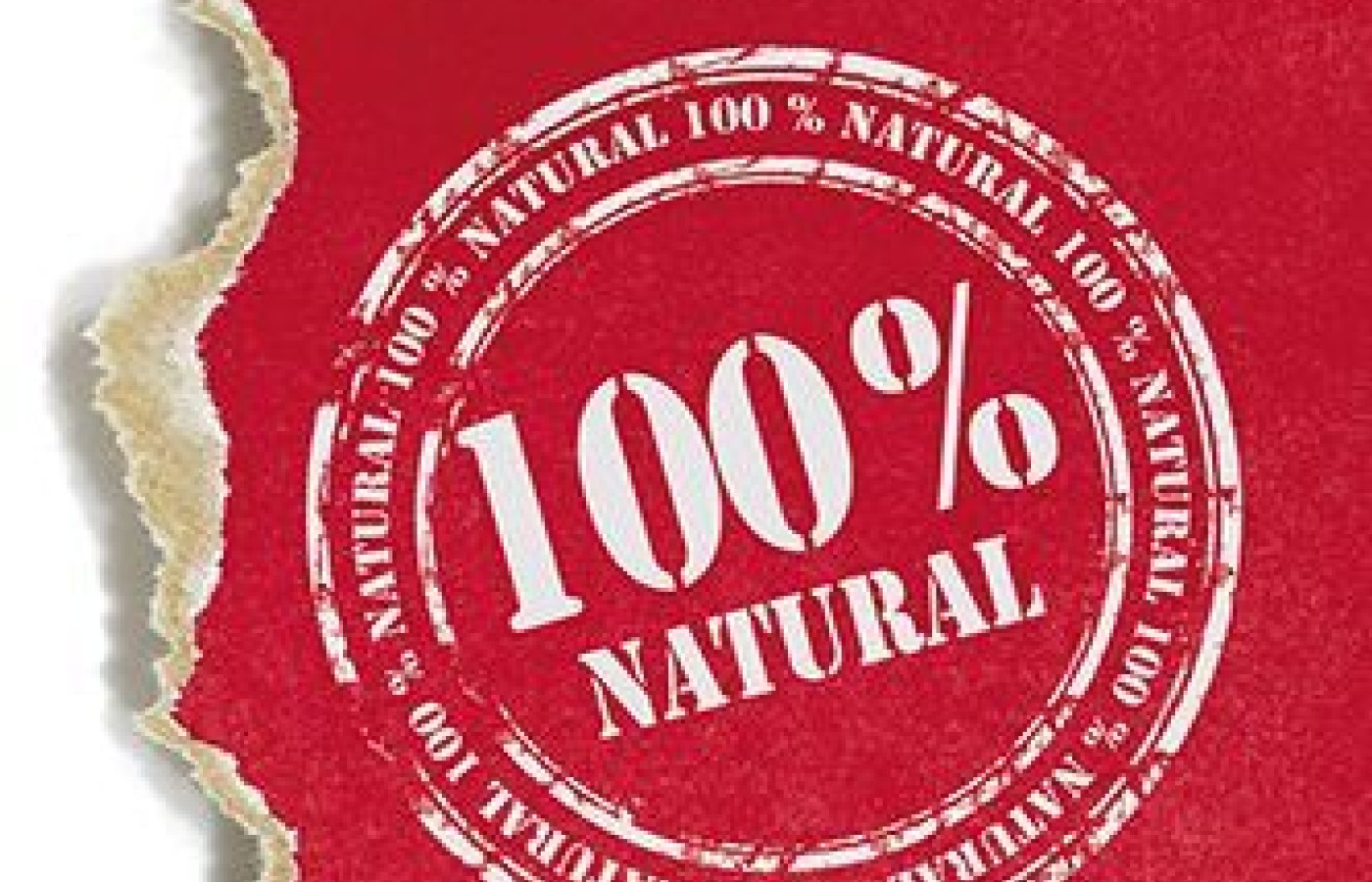New York's highest court of appeals has held that no-fault insurers cannot deny no-fault benefits where they unilaterally determine that a provider has committed misconduct based upon alleged fraudulent conduct. The Court held that this authority belongs solely to state regulators, specifically New York's Board of Regents, which oversees professional licensing and discipline. This follows a similar recent ruling in Florida reported in this publication.
Curbing Label Overwhelm
For the average consumer, reading a food package can be overwhelming: natural, organic, non-GMO, gluten free, free range ... you get the picture. Chiropractors can serve as the healthy-living experts for their patients, so having a good understanding of what a "healthy" food looks like can allow you to provide your patients with information that adds even more value to their visit with you. Here are some of the most important terms used on labels and what they really tell you about the food you eat.
"Organic"
Let's begin with the most sought-after term on a label. Many consumers are switching to organic food – and for good reason. Organic foods are free of antibiotics, hormones, genetic engineering and genetic modification, radiation, synthetic pesticides and synthetic fertilizers. Many of these food additives and practices have demonstrated harm at high levels, and avoidance is by far the safest option for the health-conscious consumer. In 2000, after 10 years of development, the U.S. Department of Agriculture implemented its rules surrounding the use of the term organic and the USDA organic seal.

You will see a few versions of "Organic" on a label. The first, and best, is "100% organic." This means, as you would expect, that the product contains only organic ingredients. The second is "Organic." Now, you may expect that this would be the same as "100% Organic," but in fact, it only requires 95 percent of the product's ingredients to be organic. The remaining 5 percent can be non-organic as long as they are on the USDA's approved list. These two categories may display the USDA logo.
You may also see "Made With Organic Ingredients" on a label. This is the third regulated term by the USDA and requires that at least 70 percent of ingredients be organic. The package must label at least three of the organic foods on the label as organic so the consumer can know which ingredients are organic.
"All-Natural" & "Natural"
According to the USDA, foods labeled "Natural" do not contain any artificial ingredients or preservatives, and the ingredients are only minimally processed. However, these foods might contain antibiotics, growth hormones and other natural (yet often undesirable) additives.
You also might see "All-Natural" on a label. This is an unregulated term, so while it usually follows the same guidelines mentioned for "natural," it doesn't technically have to.
"Free Range" & "Cage Free"
In order for a product to be labeled with "Free Range" or "Cage Free," the animals must have some access to the outside and not be contained. Unfortunately, use of these terms is not well-regulated. There are some food producers who will keep animals very closely confined, but without cages, and still use the term "Cage Free." Ideally, this label should mean that the animals cannot be contained in any way, and have access to freely roam and forage on open land. That's what they show us in the label's picture, right?
"GMO Free"
With California's vote to label genetically modified foods (Prop 37), there has been a growing awareness on what genetic modification is and the risk it may pose to your health. According to the Non-GMO Project, genetically modified organisms, or GMOs, are plants or animals created through gene-splicing techniques or biotechnology that merges DNA from different species, creating combinations of plant, animal, bacterial and viral genes that cannot occur in nature or in traditional crossbreeding.
While GMO food producers tout the equivalence and safety of genetically modified (GM) foods, little published research is available to demonstrate safety, and so conscientious consumers are left questioning whether they should be consuming these foods and the majority of consumers don't even know they are consuming them.
You are probably seeing more foods labeled "GMO Free." This is currently an unregulated term; however, some non-profit groups, including the well-known Non-GMO Project are certifying and labeling foods that can be verified as GM free.
The most common GMOs are soy, corn, cotton, canola, sugar beets and Hawaiian papaya, with around 90 percent of the U.S. crop being genetically modified. Alfalfa and squash (zucchini and summer squash) are also frequently genetically modified. The non-GMO label on products can assure consumers that the product does not contain any genetically modified organisms. Organic foods also can not contain GMOs, although they are not required to test for the presence of GMOs to be labeled "Organic."
Gluten Free and Other Allergens
Gluten is a protein contained in wheat, barley, rye, spelt and kamut. It is one of the more common food proteins triggering allergy and sensitivity in humans. Foods labeled "gluten free" must be below 20 parts per million (ppm) of gluten. To put this in perspective, if you were to eat a 1 oz slice of gluten free bread, it could contain up to 0.57 milligrams of gluten, which will not cause symptoms in most people with a sensitivity.
Gluten-free patients commonly come to me with questions about whether a product labeled "Wheat Free" is also gluten free. The answer is no, it does not have to be. It could still contain spelt or another gluten containing grain. So, be sure to read labels carefully.
Regulations about declaring allergens are taken very seriously in this country, and food companies are required by law to declare if a food contains a major food allergen including wheat, milk, egg, fish, crustacean shellfish, tree nuts, peanuts or soybeans. Labels are clearly marked, in bold at the end of the ingredient list, with allergens that they contain. Failure to disclose allergenic ingredients could leave a manufacturer subject to an immediate mandatory recall.
Know What You're Eating
In today's day and age, it can be difficult to be an educated food consumer. There are so many food choices available and slick marketing can easily fool a consumer into thinking that a food is healthier or more natural than it really is. Even educated consumers can be fooled. The best way to ensure you're eating healthfully is to choose foods with only one ingredient; usually, these are things without a nutritional label at all (like apples). However, if you are choosing processed foods, hopefully this guide will allow you to more easily understand what it is that you are buying. Make sure you choose wisely!



